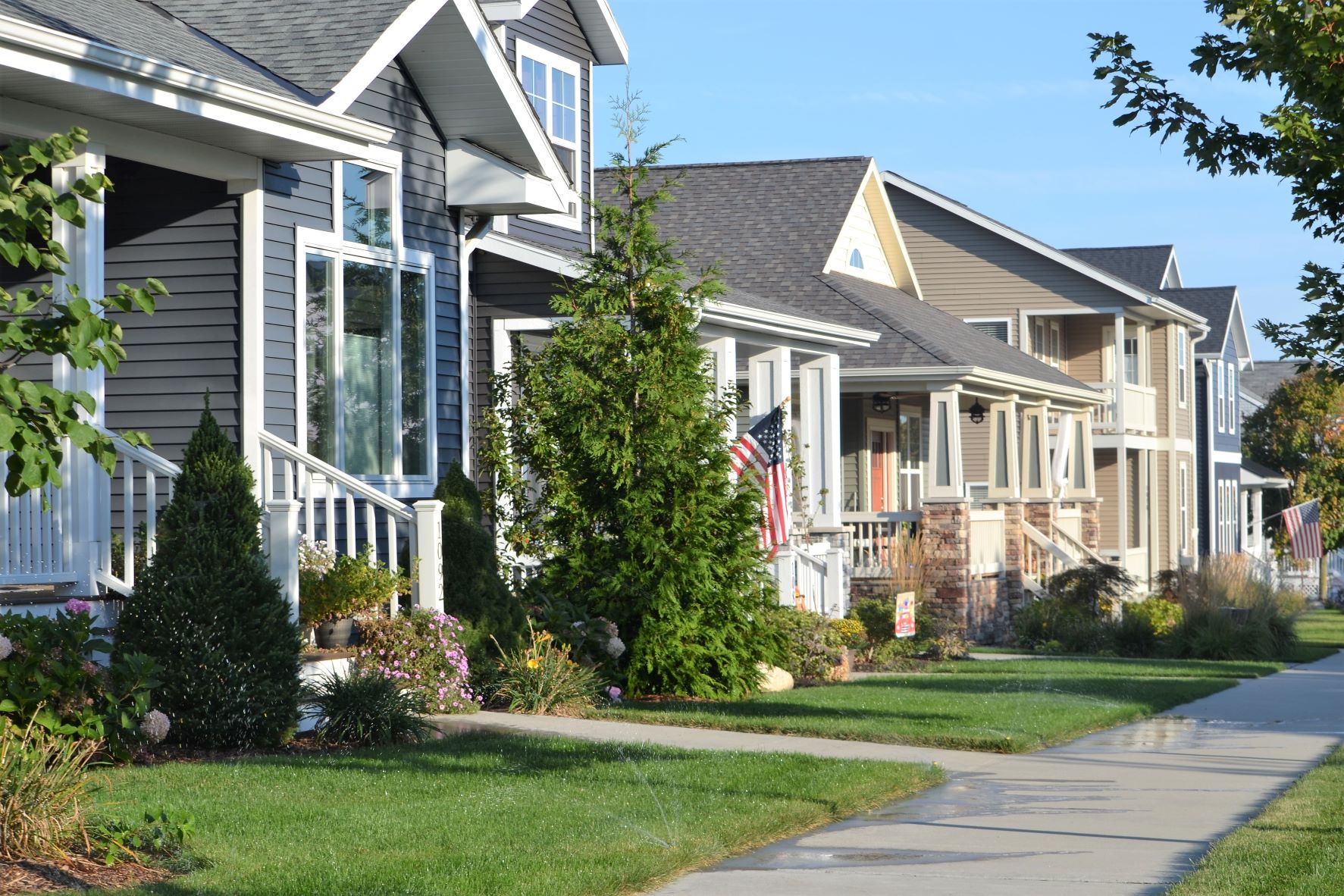Why Home Sales Are in a Slump and What It Means for Buyers
- Posted on August 15, 2018
- In Buying A Home, Real Estate Law, Residential Real Estate, Selling Real Estate
For many years, the U.S. housing market has been climbing at a steady pace. Recent reports are highlighting changes, and in 2018 the purchase and sale of homes has reached a peak. There are a few contributing factors to the plateau such as tariffs on building materials and mortgage rates. Specific pockets of the country are being hit harder than others. So, what does this mean for home buyers and sellers?
Housing Market Hits Its Peak
For years the American housing market has been booming. Since the financial crisis of 2007-2009, the construction and sale of homes has slowly begun to reach a competitive state with the previous peak which was back in 2006. Over the years, the news became widespread about the supply and demand of housing being at its best. Certain cities such as Seattle, San Francisco, and Nashville couldn't build houses fast enough for their growing populations. But, for the first time in many years, the housing market has begun to tumble.
As recently as April of 2018, homebuilding tumbled as the industry was short on land and skilled labor. Housing starts dropped to 1.287 million, where in March it was hovering around 1.3 million. Overall, building permits fell in the Northeast, West, and Midwest. For the South, these numbers began to rise rather than fall.
Building Homes Begins to Slow in 2018
For the most part, the area of the market most affected by the recent numbers are newly built homes. The sales of these new builds are 5.3% lower than in 2017. The average price of these new homes has dipped 4.2% with the average cost ranging at just over $300,000. The economy is in great shape. Job markets are very strong, and the average income is beginning to creep back up. But, why after so many years of success are we starting to feel the effects?
Home Supplies are Moderate at Best
One concern is the industry is plagued by rising building material costs and a shortage of labor. Without affordable access to these essential elements, the building of new homes begins to wane. Much of this problem is driven by the new tariffs imposed on metal imports earlier this year. In a recent article, Ken Simonson, AGC’s chief economist said:
“Price increases have accelerated for many construction materials in the last two years, with additional increases already announced and others on the way as soon as tariffs on steel and aluminum take effect. Contractors will be forced to pass these cost increases along in bid prices, but that will mean fewer projects get built. Additionally, contractors that are already working on projects for which they have not bought some materials are at risk of absorbing large losses.”
While tariffs help some producers, they can harm contractors who are working in construction. Through the implementation of new infrastructure and reform, it's possible to improve the steel and aluminum sector.
Interest Rates Begin to Climb
The building of new homes might begin to slow, but the overall sales for the market are 6.7% higher than this time last year. Analysts agree that six months to exhaust sales was the definition of a stable market, but those numbers are slipping fractionally. Ed Stansfield, the chief property economist of Capital Economics, told Bloomberg Businessweek:
“Home prices are plateauing. People are saying: Let’s just bide our time, there’s no great rush. If we wait six or nine months, we’re not going to lose out on getting a foot on the ladder.” That means “we’re now looking at a period in which prices move more or less sideways, or increase no more quickly than growth in incomes, over the next few years.”
Buyers today are aware of the increase in mortgage rates and are taking their time before investing in a new property. In previous years, most homeowners, new or experienced, often engaged in bidding wars. After being pinched by the rates rising faster than incomes, buyers realize there is only so far they are willing to stretch their income for the home of their dreams. As a result, many homes are sitting on the market for weeks longer than projected.
What Does This Mean for Home BuyersFor buyers and sellers in the Middle Tennessee area, houses are still selling at a higher rate than the rest of the country. It’s crucial to understand the current state of the U.S. housing market to make informed decisions on your next transaction. If you're currently in the market for a new home in Nashville or the surrounding areas, this might be the right time to make your investment. Despite mortgage rates rising, by working with the seller, you can get a deal that still benefits you.
If you are planning to buy or sell a property in Nashville, Tennessee, a great way to begin your research would be by placing a call to Rochford Law & Real Estate Title at (615) 269-7676.

Subscribe for Updates
Latest Posts
- Commercial Purchase and Sale Agreements – How a Real Estate Attorney Can Protect Your Transaction
- When Do You Need a Nashville Probate Lawyer? 8 Common Scenarios
- Commercial Leases – Important Considerations
- Intestate Deaths, Heirs and Real Estate – When is Probate Required?
- What is a Partition Lawsuit and Why are Partition Lawsuits Filed?




